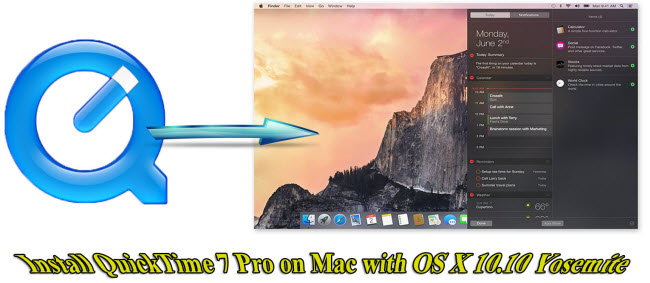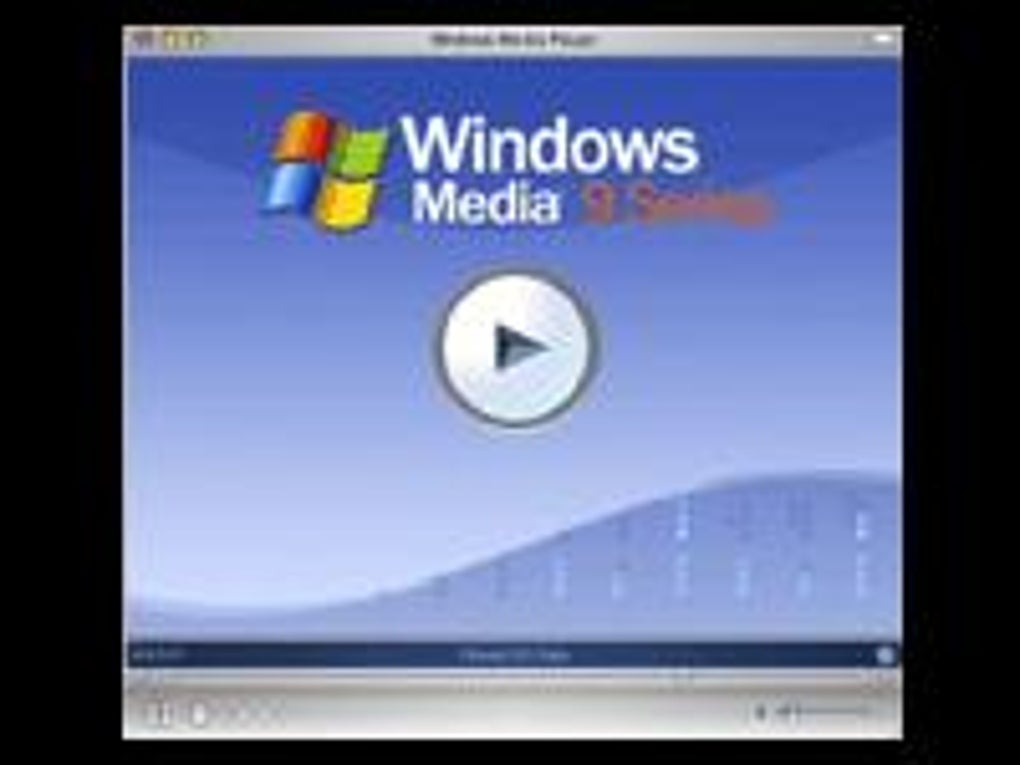
Free Quicktime Media Player For Mac Os X
Download QuickTime Player 7 for Mac OS X v10.6.3 or later. For plug-ins or components, you can find several third-party plug-ins on the web to view AVI videos via QuickTime 7, no matter what It's open source and free to download. You can get the download link Mac version from VLC website http. Quicktime for mac free download - Bigasoft QuickTime Converter, QuickTime 6.5.2 Reinstaller, WinZip Mac, and many more programs. VLC Media Player. OS X Mavericks is the latest release of.
As a newish Mac user, you may wonder what allows your computer to display pictures and play music and movies. Wonder no longer. This bit of media magic is performed by something called QuickTime. Originally developed in 1991 as a multimedia technology that accompanied the System 6 operating system, QuickTime has been built in to every version of the Mac’s operating system since. Before we take another step, let’s a peer a little more carefully into what QuickTime is and isn’t. As I’ve outlined up to this point, QuickTime is a technology rather than an application. If you think of the Mac OS as a series of blocks, each of which is part of the sturdy wall that is the Macintosh computing experience, QuickTime would be one layer of those blocks.
When the operating system needs to play media, it looks to this QuickTime layer to do the job. However, when you hear people talking about QuickTime on their Mac, they’re invariably speaking of the QuickTime Player application. Before iTunes came along, QuickTime Player is how most people watched movies on their Macs. And that player what we’ll talk about in this lesson. The anatomy of QuickTime Player Launch QuickTime Player (which is found in the Applications folder at the root level of your startup drive) andwell, nothing much happens.
You’ll see the QuickTime Player name appear next to the Apple logo in the Mac’s menu bar, along with QuickTime Player’s menus, but that’s about it. For the application to actually do something, you need to open a media file that QuickTime can play. You have many to choose from. QuickTime supports audio, image, and movie file formats too numerous to list. So instead, I’ll mention a couple of popular media formats used largely in the Windows and Linux worlds that QuickTime doesn’t support. Unsupported audio files include Windows Media (they bear a.wma extension), Ogg Vorbis, and FLAC. The Windows Media movie format (.wmv) isn’t supported either.
If you’d like QuickTime to play Windows media files, you can download and install the free from Microsoft’s website. An audio file that’s open in QuickTime Player X.

Once you’ve opened a compatible file (which you can do by dragging the media file on top of the QuickTime Player icon in the Dock or by choosing QuickTime Player’s File > Open File command), you’ll see a black window. In the case of audio files, that window will be fairly small and will have just a few controls.
You’ll find rewind, play/pause, and fast-forward buttons that work just as they do on a DVD player or a car’s CD player. (These buttons are referred to as transport controls.) To start or pause playback, press the Mac’s spacebar. When you click the rewind or fast-forward buttons, the media will skip back or forward (respectively) at 2X speed. Click again to move to 4X speed. Then again for 8X.
To play at normal speed, just click the play button. Below these controls is a volume control. Drag the gray ball that appears in this line to the left to decrease the volume and drag to the right to make the volume louder. Below the volume control is the timeline.
The diamond-shaped icon in the timeline (called the playhead) indicates how far along you are in the track. To the left of the timeline is the current-time display. To its right is the remaining-time display. Movie windows have a bit more going on. Here, too, you find rewind, play/pause, and fast-forward buttons; and, as with audio files, rewind and fast-forward offer 2X, 4X, and 8X speed options as well.
To set up a 1 on 1 consultation with Anuj Varma, use this calendar For cloud migration or general cloud consulting, contact Specializing in high volume web and cloud application architecture, Anuj Varma’s customer base includes Fortune 100 companies (dell.com, British Petroleum, Schlumberger). Visual studio for mac edit csproj.
However, you can scrub movies. This means that as you drag the playhead, the movie’s images move forward or back as you drag, allowing you to see where you are in the movie. Stop scrubbing, and the movie will continue to play from the current location of the playhead.
If you click and hold on the playhead, the timeline will display a series of lines. This indicates that you can now scrub in small increments, which helps you zoom in on just the frame you want to view. Unlike with audio files, you can make movie files fill the entire screen.
If you don’t see it, look for a menu button that lets you edit quick settings shortcuts. Tap the Cast button, then select your Chromecast from the list to begin casting. Otherwise, it’ll occupy only a small vertical slice of the television screen. Why not casting audio for mac to tv via chromecast. TechHive / IDG In both cases, you’ll want to rotate your phone into landscape mode while watching a video. To stop casting, tap Disconnect in this menu, or open your notification shade and Disconnect under the Casting screen notification there.